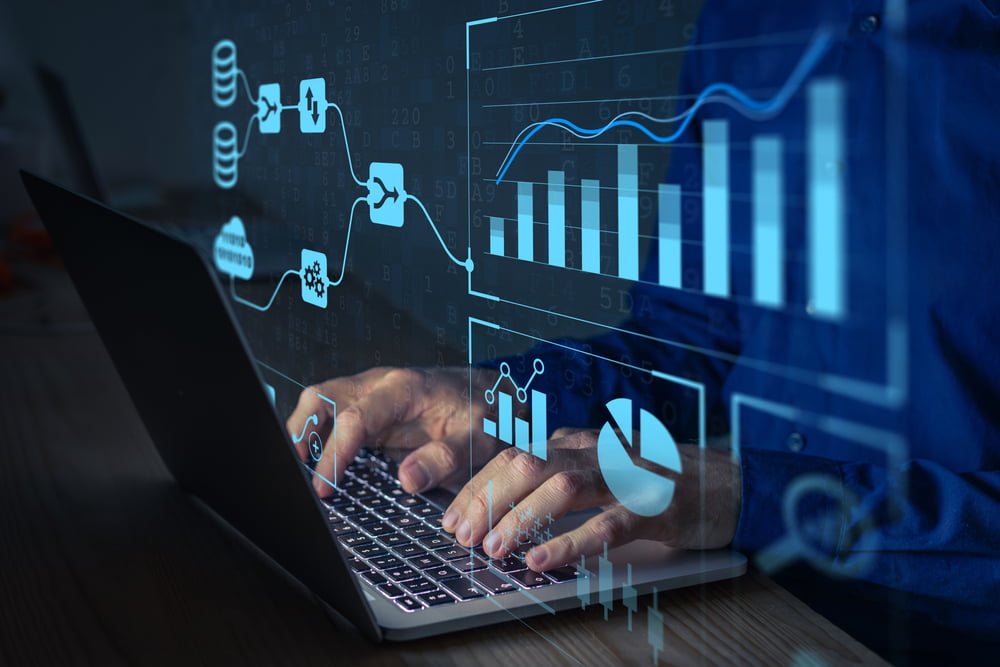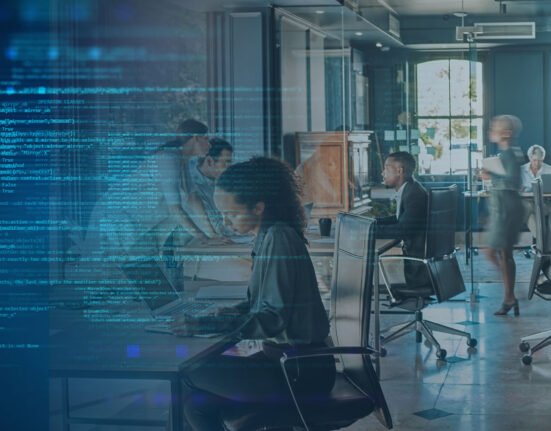With the increase in cyberattacks, several top cybersecurity innovations have been gifted by technology
October has got both Halloween day and Cybersecurity Awareness month. It’s not a coincidence that both the spooky events fall on the same month. Well, if the ghosts of Halloween are not scary enough, stats showcasing the surge in sophisticated and lethal cyber threats will definitely do the trick.
Today is the day of digital world. Data is more valuable than cash, atm cards etc. From conducting day-to-day operations to planning future strategies, data has become the currency of an intelligent enterprise. As the value and business-criticality of data increase, the challenges of protecting it gets tougher than ever. Hackers from all over the world are data tthieves. When we talk of Cyber Protection, we need to address Data Security and Cyber Security together.

To stay ahead of the curve, listing below 7 key emerging technology innovations and trends that enterprises must look out for.
Artificial Intelligence (AI)
Enabling a quicker response time towards breaches, AI is playing a critical role in advancing cybersecurity solutions. AI enables a more proactive approach to cyber security. AI has demonstrated high efficiency in securing cloud services, on-premises infrastructure, and detecting atypical user behavior. As we further explore and discover the future of automation, enterprises must prioritize learning ways in which AI can support their security initiatives and fuel their continued growth.
- Blockchain/Distributed Ledger
Blockchain and distributed ledger technologies offer a tamper-proof record of all transactions, enabling efficiency and transparency, optimizing operations much beyond what the current ecosystem of centralized database management and paper-driven bills could possibly achieve. It allows enterprises to choose the level of security required for all the data, or for specific cases, making it easier to implement strong technical security measures such as encryption, automation, access control, orchestration, and endpoint security to manage risk effectively.

- Zero Trust
From an intriguing idea and catchword, zero trust has quickly made its way to a critical business imperative. The zero Trust model requires every device, user, or network segment to be treated as a potential threat. Hence, measures must be taken to allow continuous verification to offer regular assurance that the systems and their components are operating appropriately.
- Internet of Things (IoT)
IoT devices represent the growing number of electronics that aren’t traditional computing devices, but interact externally to send data, receive instructions, or both. They can help business leaders strategize and achieve business goals by suggesting how to utilize resources optimally, analyze if they need to find new and better methods to operate, and even offer more efficient ways to manage their IT infrastructure. Since these devices are mass-produced with lack of innate security, it’s difficult to make them secure with traditional security controls and practices.
- Industrial Control Systems (ICS)
Industrial Control Systems are designed to operate and support critical infrastructure and are used heavily in industrial areas such as energy and utilities, oil and gas, pharmaceutical and chemical production, food and beverage, and manufacturing. Given the increase in geography of connected devices the threat landscape gets bigger. While attacks on such systems can cause major damage, they continue to be a soft target for adversaries due to their external interaction via IoT platforms and the cloud.
- High-Performance Computing (HPC)
The existing cloud environment is not best suited to handle the complex compute-intensive technology which is increasingly paving its way for mainstream and commercial use. With the increased adoption of HPC across cloud and on-prem deployments in nearly every industry including space exploration, drug discovery, financial modeling, automotive design, and systems engineering and usage that can span Clouds and On-prem deployments, security will become a great concern at an accelerating rate.
- Quantum Computing
Quantum computing uses information in a fundamentally different way than classical computing, and hence, can address a set of hard problems classical computing may never solve. Many of these problems involve society’s most pressing needs, including how to live sustainably on our planet, how to cure diseases, and how to efficiently move people and goods. Quantum computing algorithms and different and hence would be a threat to the existing public key encryption, or asymmetric encryption algorithms, have been developed. Hence, the next step would be to begin building quantum-safe solutions into the existing cybersecurity planning and lifecycle management.













